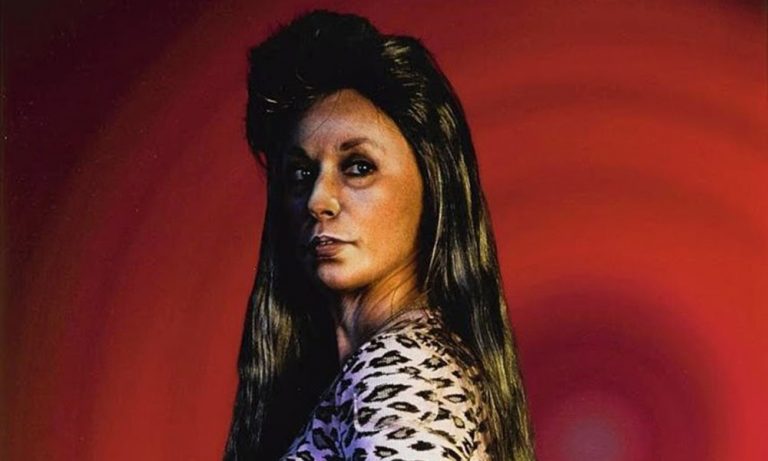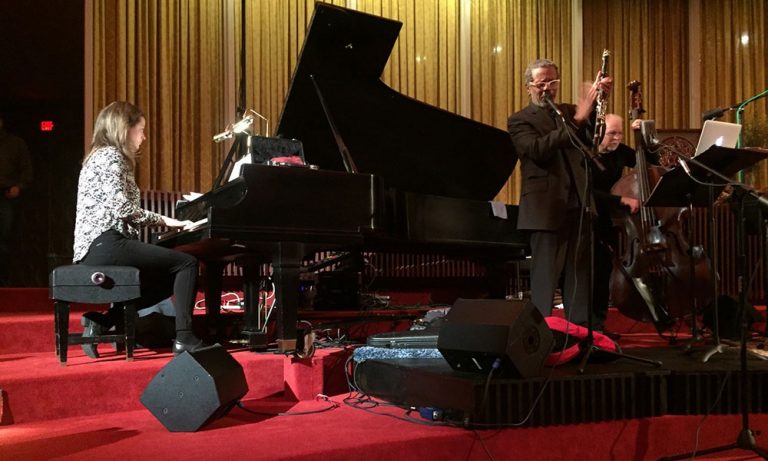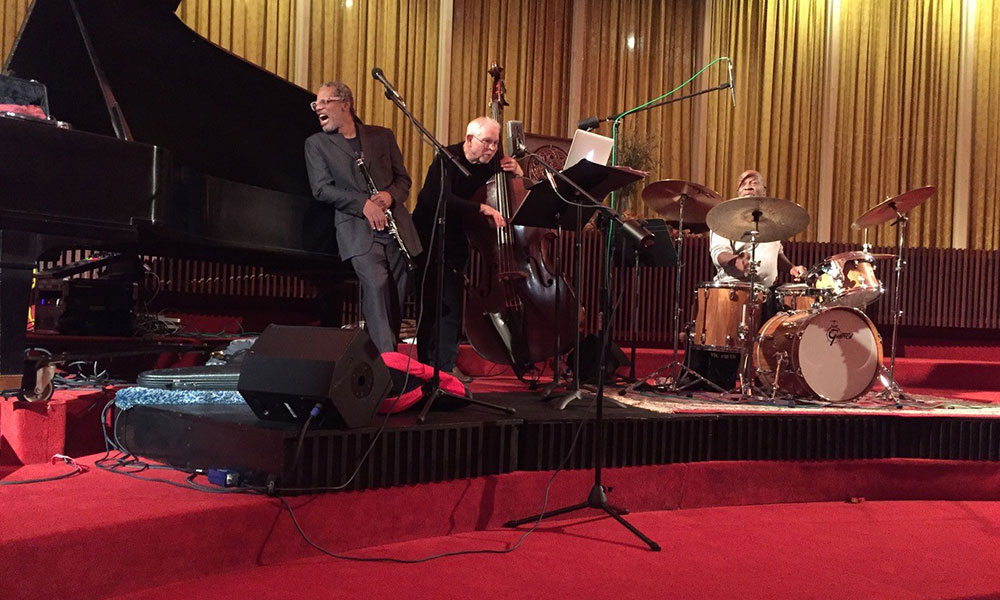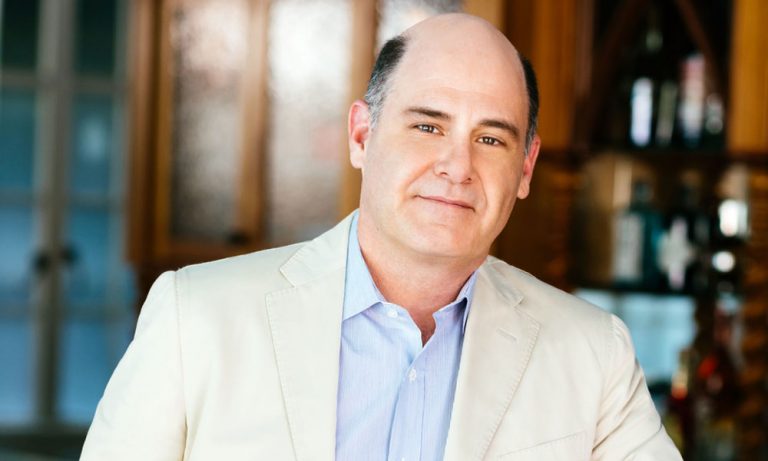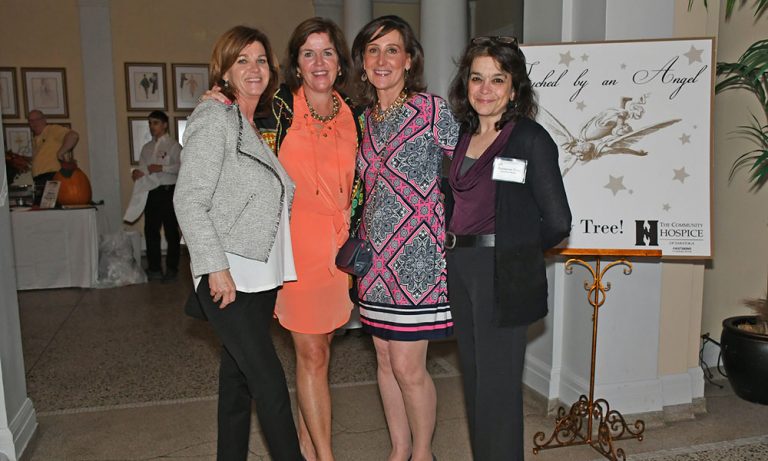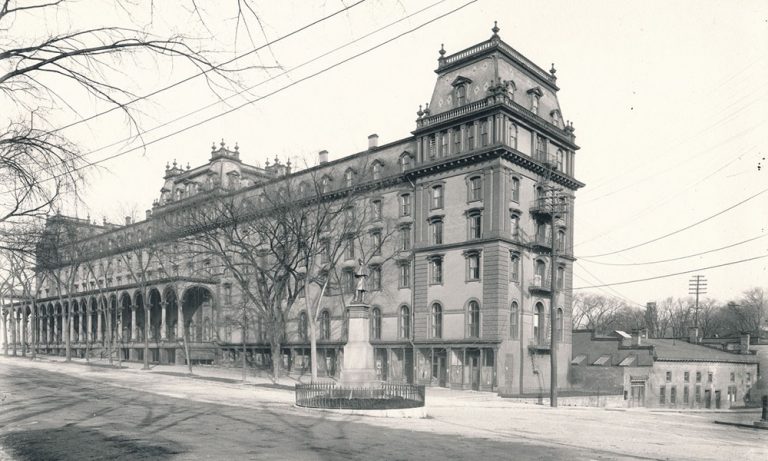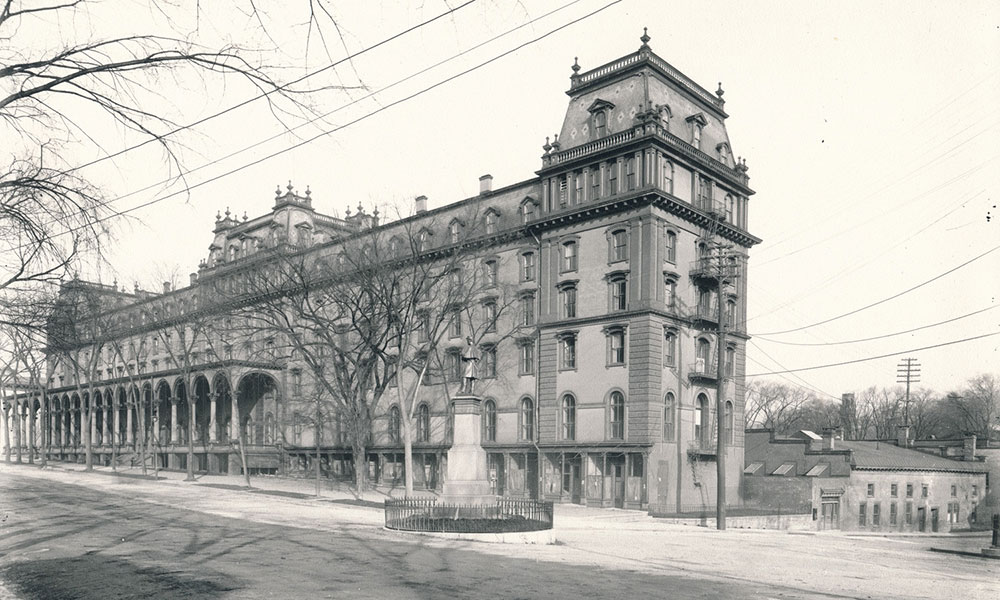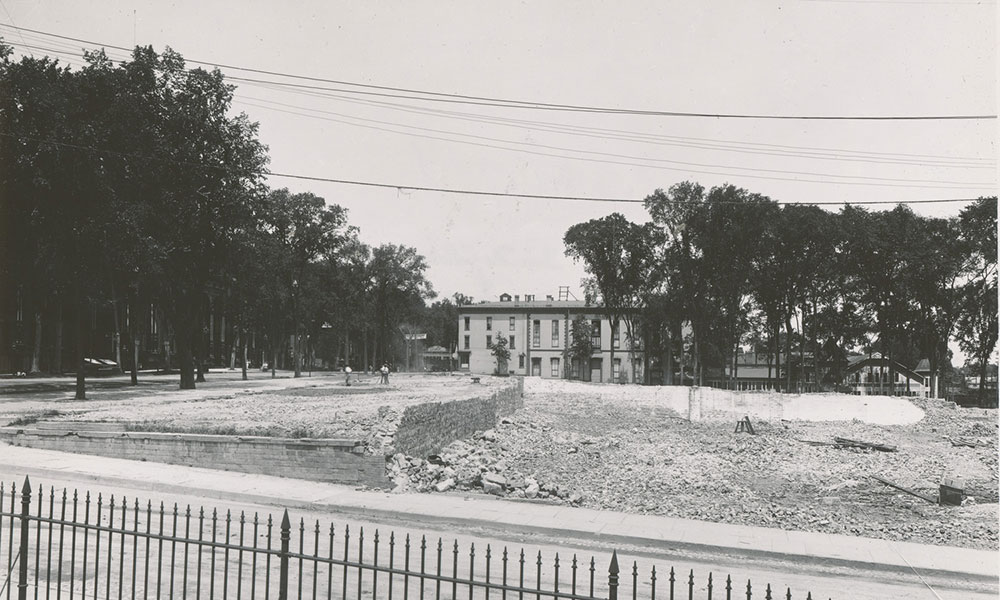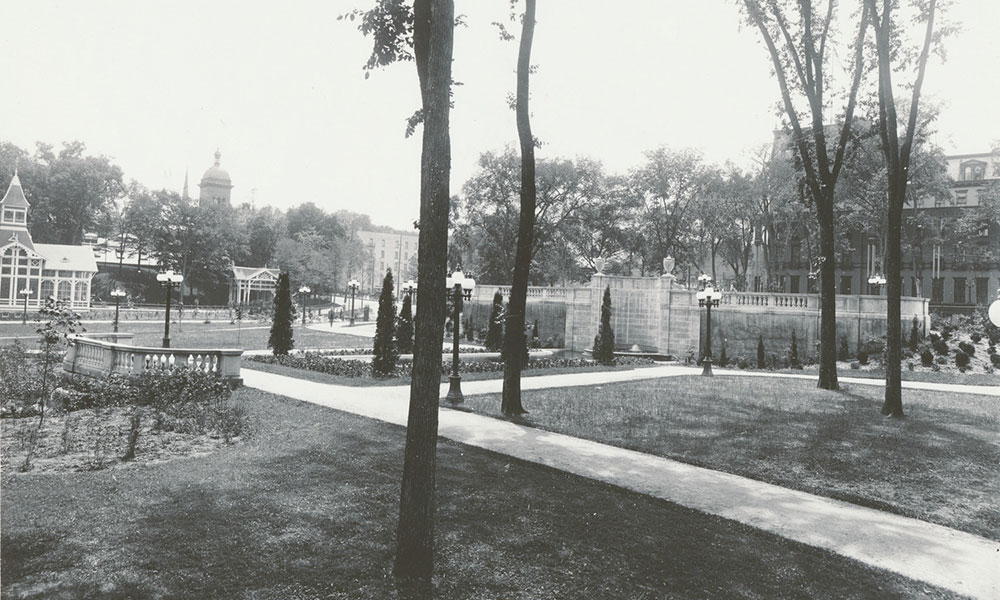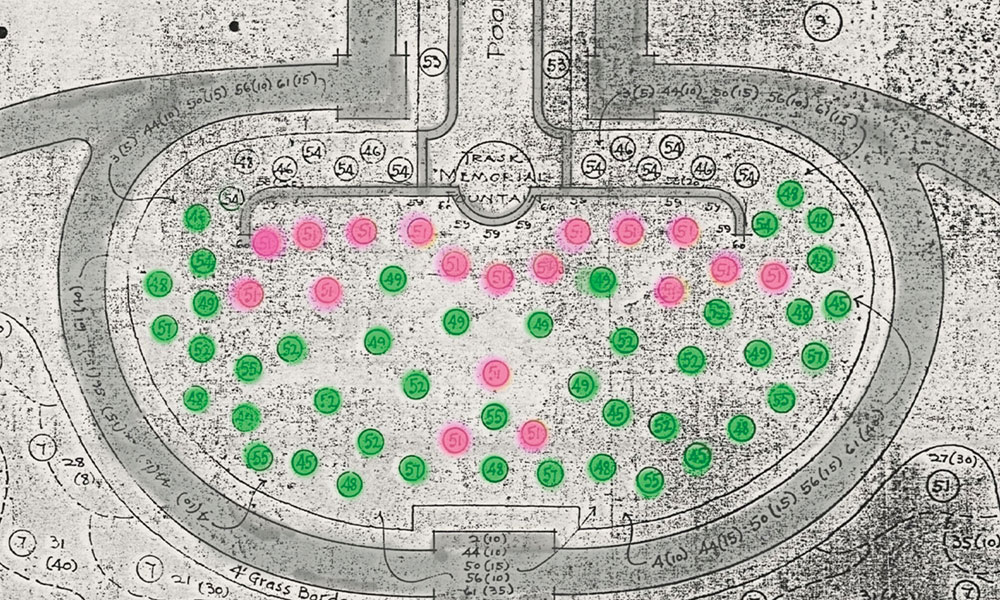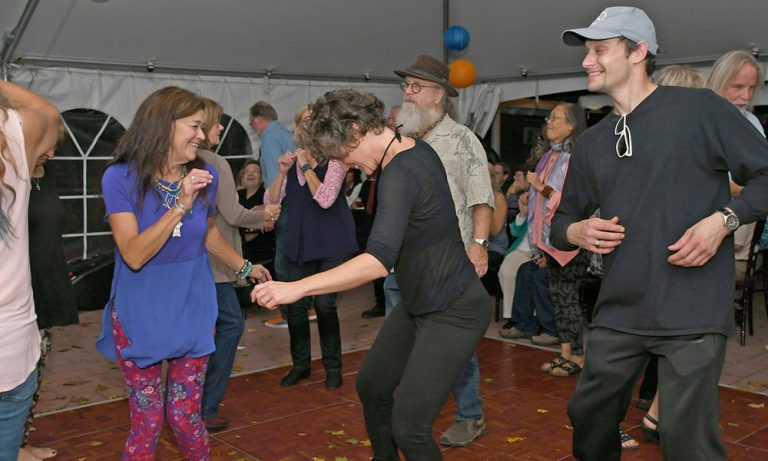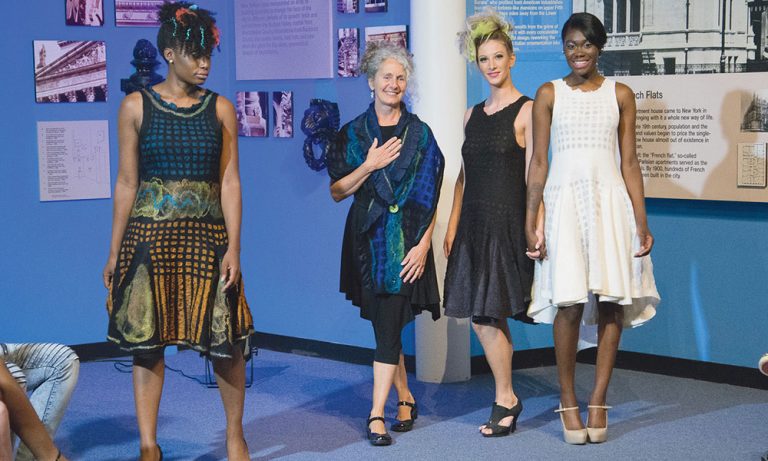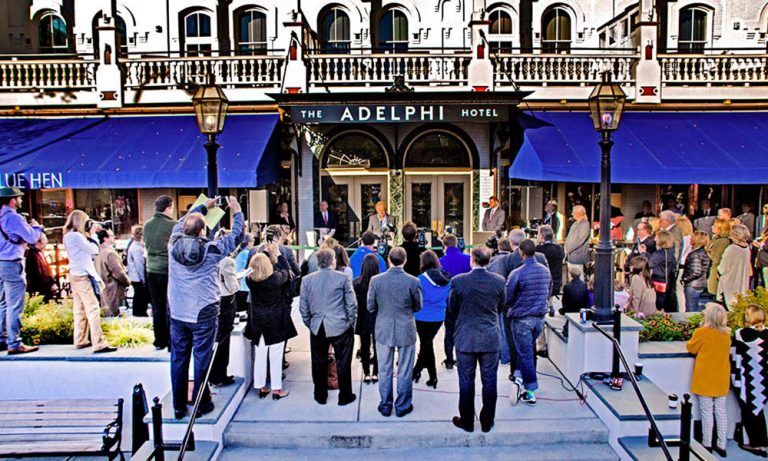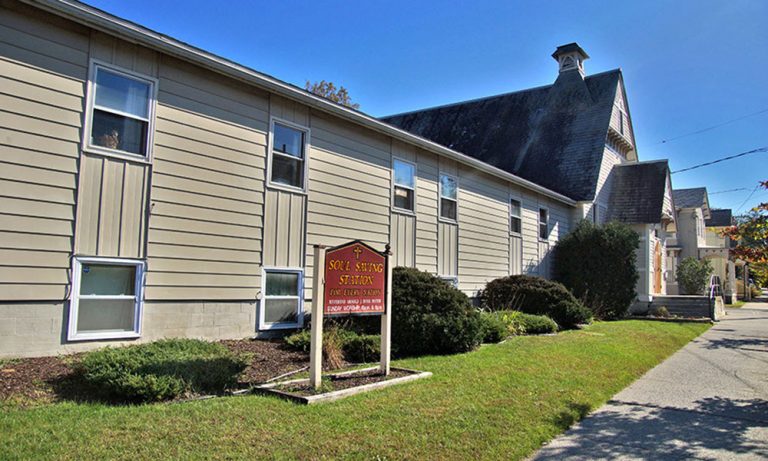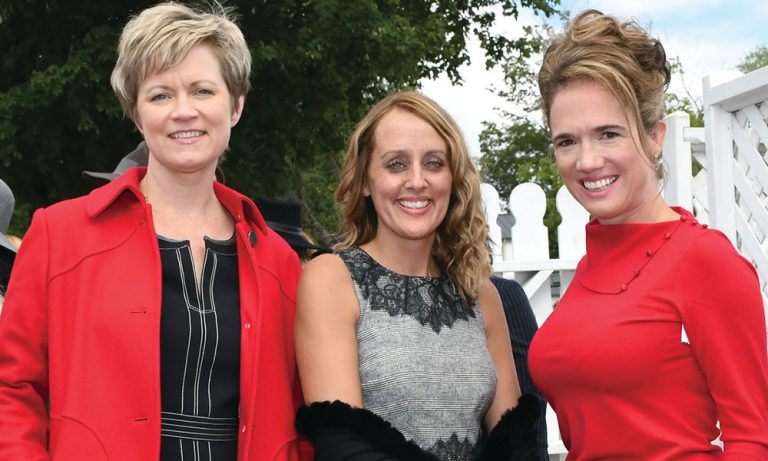Fall is approaching, so it’s that time to cue a new wardrobe. Out go the T-shirts and tank tops, in march the bulky sweaters, jeans, booties and hopefully countless cups of Pumpkin Spice coffee.
When that crisp chill begins, it’s time to think layers. “My favorite thing about fall is the ability to mix solid basics with captivating patterns and textures,” Piper Boutique’s Alessandra Bange-Hall says. “This fall is all about the colors of nature. Warm taupes and mossy greens are capturing the palette, along with softer metallics such as vintage gold and pewter.”
Red is and always will be a fall favorite as far as color is concerned; it’s bold, flattering and shows you mean business.
“Blush is here to stay, but rich jewel tones like emerald will be making a debut this fall, too,” says Laura Farrar-Pileckas, owner of Violet’s of Saratoga. “Extend the life of your summer wardrobe — not just your white jeans and sandals — by layering! A cute tank or sundress looks great with a plain T-shirt or lightweight turtleneck underneath it, topped off with a field jacket or leather bomber.”
Fringe will not cause others to cringe. Faux fur is a must and, this season, florals have a dark side, adding a hint of romance. It’s less cute and cheerful, more moody and full of drama.
“Western-inspired pieces like longer fringe and embroidered florals are rocked by the most daring fashionistas this season,” Bange-Hall says. “The colors and styles of fall complement everyone’s complexion, body type and personal taste, so find a few of your favorites and rock them all season! I recommend having 10 or 12 core pieces in your collection that can tie any outfit together.”
Glitter will be everywhere. Let your inner star shine bright and sparkly. Metallic — especially silver — is never the wrong turn to take this season. “You’re going to see a lot of lurex material this fall,” Maura Bannon, owner of MinkyMink in Glens Falls, says. “What is that, you ask? It’s that sparkly material that we used to rock in the ’90s. It’s bringing me back to the side ponytail days, and I’m not hating it. You’ll also see rich velvet materials, ’70s-inspired plaid, high-rise denim with a deconstructed hem and midi-length skirts.”
Many claim that classic comfort is in; bedtime is all the time. Robes, pajamas and slips — even quilts — can be worn as ponchos. Did they have upstate New York in mind when they gave this one the green light? Basically, you can take your bed out with you. As harpersbazaar.com puts it: “She’s a lady in the streets, dressed in lace-accented pieces fit for the sheets.”
Not everyone feels that this look is the way to go. “When I was on my last buying trip in New York City, I saw a lot of corset tops, and I just wasn’t feeling it,” Bannon says. “If you want to go for that high fashion look, then by all means go for it. For me, that trend doesn’t work with my everyday wardrobe. I could buy one of those tops just to say that I’m trendy, but that isn’t me. I also don’t think most of my customers would be able to relate to it. I honestly think the corset tops are going to be out of style as fast as they became in style. But you know what, I’ve been wrong before… maybe it’s here to stay!”
Also, it’s completely acceptable to look like a hot mess (cue the applause from every college student in America). Mismatched layers, undone buttons and zippers, deconstructed cloth and even fabrics that are simply falling apart. Hey, if Elle says it’s acceptable, who are we to judge?
It shouldn’t come as a surprise that the fashion community has something to say about politics. Political slogans are all the rage so don’t be scared to speak or wear them.
Of course, accessories make the outfit. “Long layered necklaces in subdued colors are trending everywhere and pair nicely with this season’s colors,” Bange-Hall says. “Vintage-inspired accessories are all over the scene, and we are loving the old world feel they add to any look.”
“We’re really excited to be carrying Frye wool hats with structured brims and leather details,” Farrar-Pileckas says. “A staple for fall, and truly an investment piece coming from Frye.”
Even for jewelry, fall is all about the warm color palette. “I have some gorgeous wine-colored Kendra Scott earrings that I’m in love with,” Bannon says. “They will make any outfit pop because the color makes such a statement.”
As far as footwear is concerned, it’s all about the slide. “We can’t get enough of the loafer trend,” Farrar-Pileckas says. “They transition from summer to fall, and we have embellished, embroidered and studded variations, along with those textures we were talking about — think velvet and jacquard.”
She continues: “A more daring trend from the runways are socks with heeled sandals or even pumps.”
“Boots are always a closet staple of mine,” Bannon says. “But, this year I’m really into leather sneakers. Obviously, they are super comfortable, which is always a plus. They look sleek and on-trend paired with a leather jacket and your favorite tee.”
Don’t want to stumble into the worst fashion plunders? Bange-Hall advises, “Don’t fall victim to an all-black wardrobe.” Bannon couldn’t agree more. “It’s super easy to wear all black during the fall and winter months,” she says. “Don’t be afraid of color. Wine, emerald green, pale pinks… mix it up! I would also advise to wear things that make you happy. If you’re wearing a terrible top or jeans that you hate, then get rid of it. When you look good, you feel good. Life’s too short to wear bad clothes.”
She continues: “I don’t like to judge or criticize what people wear because fashion should be fun and is a form of expression. But, I can tell you what I won’t be wearing this fall — stirrup leggings, shoulder pads, skirts over jeans or rose-colored sunglasses.”
“There are no mistakes in fashion,” Farrar-Pileckas says. “Take risks, start trends and express yourself through your outfit choices.”
Oh Boy!
Fellas. One word: Corduroy. It was one of Fall 2017’s biggest runway trends, and it’s never had such a high cool factor. The once-tossed-aside fabric is now, according to GQ, “Modern, streamlined, maybe a little sporty, maybe a little swag, maybe a little minimalist. Basically, not your college professor’s corduroy.”
As far as outerwear goes, you can never go wrong with the wholesome American look of a denim jacket. “It’s the apple pie of outerwear,” GQ explains. “Over the years, the menswear staple has become a symbol of youthful rebellion and ultimate masculinity… it’s bound to be the most indispensable piece of outerwear in your closet.”
Molly Congdon earned her Master’s in Journalism at NYU and is a writer living in South Glens Falls.

